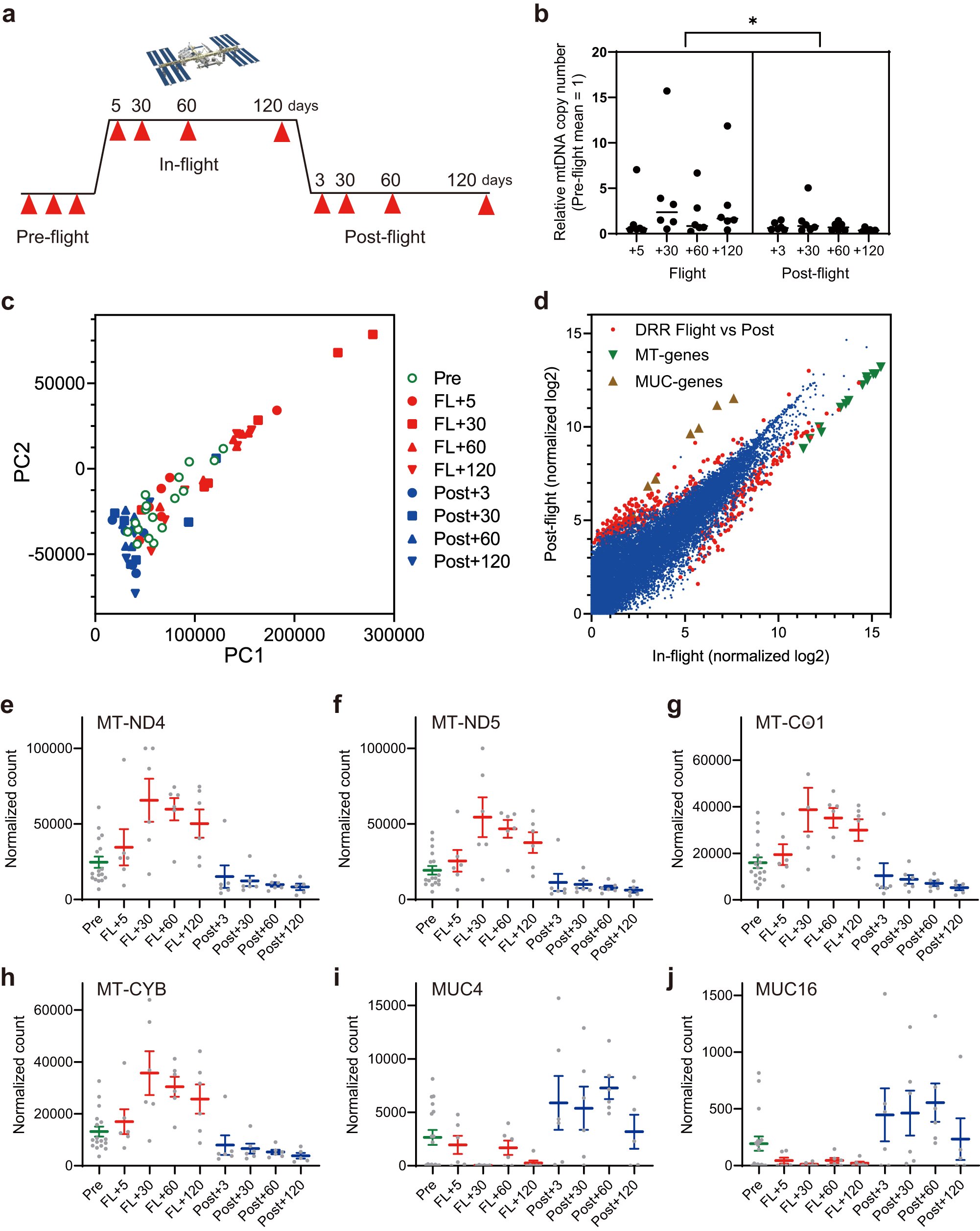× close
The acceleration of space exploration, promoted by astronaut recruitment and private space travel, heralds an imminent future where space travel becomes increasingly common. However, numerous questions persist regarding the physical changes that humans undergo in space.
Known effects of weightlessness include muscle atrophy, reduced bone density, and fluctuations in body fluid distribution. However, recent research on mice and other organisms has uncovered a range of other changes.
In a new study, published in Nature Communications, blood samples were collected from six astronauts during and after their 120-day mission on the ISS to characterize these changes. Extracellular DNA and RNA in the blood samples were analyzed in a process called “liquid biopsies.”
Previous studies have shown that mitochondria are released from cells into the bloodstream during space missions. This study confirmed that mitochondria are involved in responses to the space environment and can be isolated using CD36 as a marker. This technique allows the condition of extracellular mitochondria to be estimated and the cell type they originate from to be identified.
This process has successfully elucidated previously unknown systemic responses to the space environment, including brain, eyes, heart, vascular system, lungs, and skin changes. A similar analysis of mouse samples revealed that mice experience changes similar to those observed in humans and that mitochondrial changes are induced in response to gravity changes.
More information:
Nailil Husna et al, Release of CD36-associated cell-free mitochondrial DNA and RNA as a hallmark of space environment response, Nature Communications (2024). DOI: 10.1038/s41467-023-41995-z
Journal information:
Nature Communications

